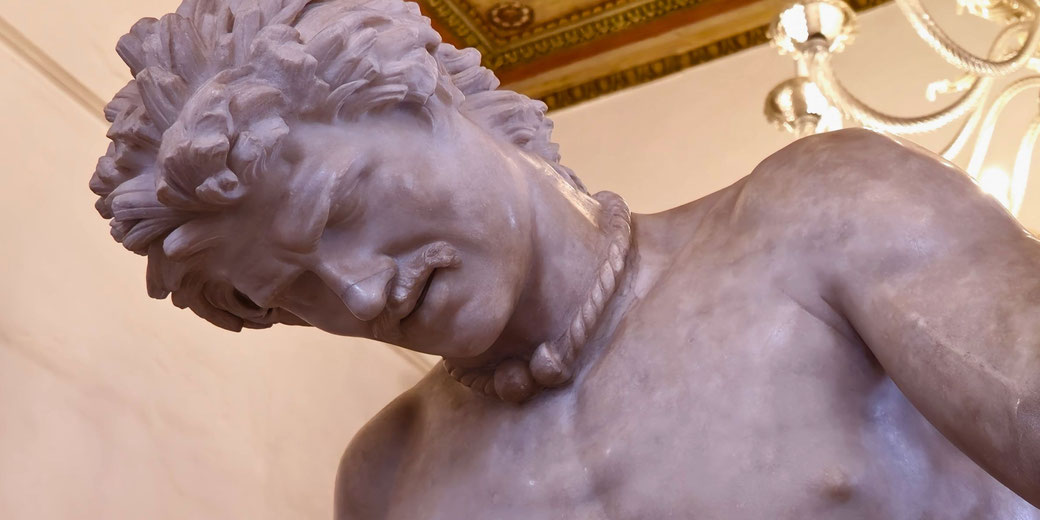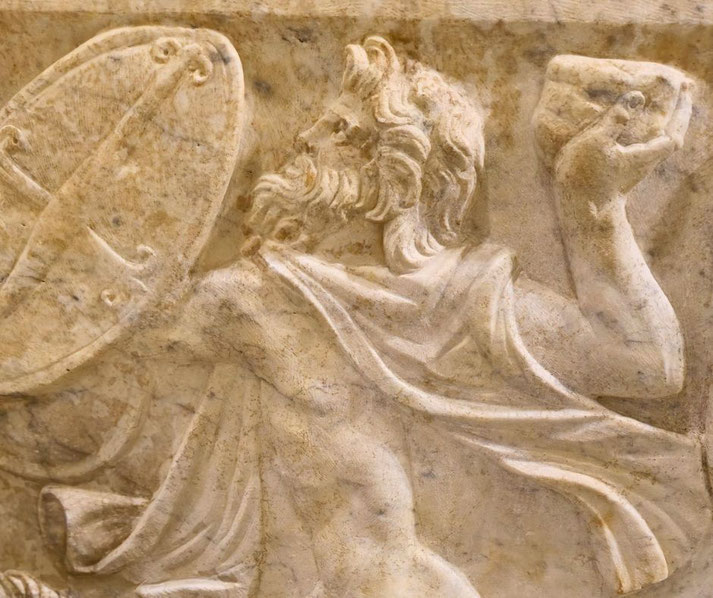Who were the Gauls?

The Gauls were a collection of Celtic tribes that once inhabited vast regions of Western Europe. Stretching from the Atlantic coast to the banks of the Rhine, and from the North Sea to the Pyrenees, the lands of the Gauls were as diverse as the people themselves.
They are perhaps best known for their fierce resistance to Roman expansion, a struggle epitomized by the Gallic Wars led by Julius Caesar.
Yet, to reduce the Gauls to mere warriors would be to overlook the richness of their culture and the sophistication of their society.
The region of Gaul
The term "Gaul" itself is derived from the Latin "Gallia," used by the Romans to describe the Celtic tribes inhabiting what is now modern-day France, Belgium, Switzerland, parts of the Netherlands, and Northern Italy.
Yet, the identity of the Gauls extends beyond mere geographical boundaries, encompassing a rich and multifaceted ethnic tapestry.
The Gauls were not a singular people but a collection of tribes and clans, each with its unique traditions, languages, and social structures.
Despite this diversity, they shared common cultural elements, such as the Celtic language, religious practices, and artistic motifs.
The Celtic languages spoken by the Gauls were part of a broader Indo-European language family, reflecting connections with other ancient cultures across the continent.
What were the origins of the Gallic tribes?
Archaeological evidence suggests that the Celtic culture began to emerge around 1200 BCE, with the Hallstatt culture in Central Europe serving as a precursor to the La Tène culture, which became synonymous with the Gauls.
The La Tène culture, named after the site in Switzerland where it was first identified, flourished from around 450 BCE and became known for its intricate metalwork, pottery, and distinctive art style.
The migration and settlement patterns of the Gauls are subjects of ongoing research and debate.
Some scholars argue that the Gauls migrated westward from Central Europe, while others believe that Celtic culture developed more organically across various regions.
What is clear, however, is that the Gauls were skilled farmers, miners, and traders, establishing networks that connected them with neighboring civilizations, including the Greeks, Etruscans, and Germans.
What do we know about Gallic society?
The Gauls' social structure was hierarchical, with a ruling class of nobles and warriors at the top, followed by the common people, including farmers, artisans, and traders.
At the bottom were slaves, often prisoners of war or individuals in debt. Tribal chiefs and Druids, the religious leaders, held significant power and influence, guiding both spiritual and political matters.
The Gaulish economy was primarily agrarian, with farming and animal husbandry playing vital roles.
They cultivated grains, vegetables, and fruits, and raised livestock such as cattle, sheep, and pigs.
The Gauls were also skilled metalworkers, producing exquisite jewelry, weapons, and tools.
Trade networks extended across Europe, connecting the Gauls with neighboring civilizations and facilitating the exchange of goods, ideas, and culture.
The spiritual life of the Gauls was deeply entwined with nature and the forces of the cosmos.
Druids led religious ceremonies, served as judges, and were believed to possess knowledge of the natural world and the afterlife.
Sacred groves, springs, and other natural features were sites of worship, and the Gauls believed in a pantheon of deities that governed various aspects of life.
The artistic achievements of the Gauls are evident in their intricate metalwork, pottery, and textiles.
The La Tène style, characterized by swirling patterns and abstract designs, reflects a sophisticated understanding of aesthetics and craftsmanship.
From ornate torcs to decorated swords, the art of the Gauls reveals a culture that valued beauty, symbolism, and technical skill.
Family and community were central to Gaulish society. Loyalty to the tribe and kinship ties were paramount, and communal gatherings, feasts, and festivals played essential roles in social cohesion.
The roles of men and women were generally distinct, with men engaged in warfare, politics, and trade, while women often managed the household and had significant influence within the family.

The terrifying Gallic armies
The military prowess of the Gauls is a defining aspect of their history, reflecting both their martial skill and the turbulent times in which they lived.
From tribal conflicts to the epic struggle against the Roman Empire, the Gauls were renowned for their courage, tactics, and ferocity in battle.
The Gaulish military was primarily composed of tribal warriors, often led by chieftains or nobles.
While there was no standing army, tribes could muster significant forces when needed.
Warriors were typically divided into infantry and cavalry, with the latter being particularly esteemed for their skill and agility.
The Gauls were known for their use of weapons such as long swords, spears, shields, and slingshots.
They were skilled in both open-field battles and guerrilla warfare, utilizing the terrain to their advantage.
The war chariots of some Gaulish tribes were particularly feared, and their use of psychological warfare, such as war cries and intimidating appearance, added to their battlefield effectiveness.
While the primary warriors were men, women in Gaulish society also played roles in warfare.
They were involved in supporting the warriors, tending to the wounded, and in some cases, even taking up arms.

The wars with Rome and absorption into the empire
The conquest of Gaul is inextricably linked with the figure of Julius Caesar, whose military campaigns in the region are meticulously documented in his work "Commentarii de Bello Gallico."
The Gallic Wars were marked by a series of brutal battles, sieges, and skirmishes, with the Gauls displaying remarkable resilience and tactical acumen.
The Battle of Alesia in 52 BCE, where the Gallic chieftain Vercingetorix made his last stand, symbolizes the culmination of Roman victory.
Following the conquest, the process of Romanization began to transform Gaulish society.
Roman law, governance, language, and culture were gradually introduced, leading to a blending of Roman and Gaulish traditions.
New cities were founded, roads were built, and Roman architectural styles became prevalent.
The elite class of Gauls often embraced Roman ways, further facilitating integration.
The conquest of Gaul had significant repercussions for Rome as well. The wealth and resources of the region bolstered the Roman economy, while the addition of new territories expanded the Empire's reach.
The fame and fortune gained by Caesar in Gaul played a crucial role in his rise to power, setting the stage for the end of the Roman Republic and the dawn of the Empire.
Despite the process of Romanization, resistance and rebellion were not uncommon.
The memory of independence and distinct cultural identity persisted among the Gauls, leading to sporadic uprisings and revolts.
The revolt led by Boudica in Britannia, though not in Gaul itself, is emblematic of the broader Celtic resistance to Roman rule.
The Roman conquest and integration of Gaul left an indelible mark on the historical landscape of Europe.
The fusion of Roman and Gaulish cultures gave rise to a unique and vibrant civilization that contributed to the shaping of medieval and modern European identity.
The legal, architectural, and linguistic legacies of Roman Gaul continue to resonate in contemporary society.
What do you need help with?
Download ready-to-use digital learning resources
Copyright © History Skills 2014-2025.
Contact via email
With the exception of links to external sites, some historical sources and extracts from specific publications, all content on this website is copyrighted by History Skills. This content may not be copied, republished or redistributed without written permission from the website creator. Please use the Contact page to obtain relevant permission.





